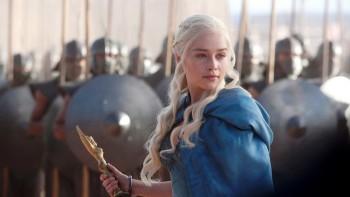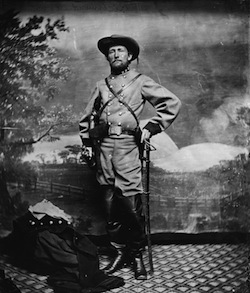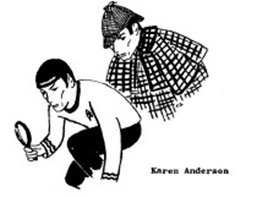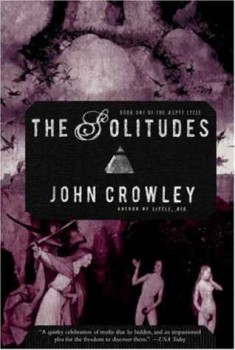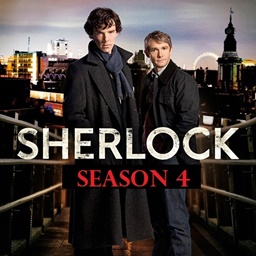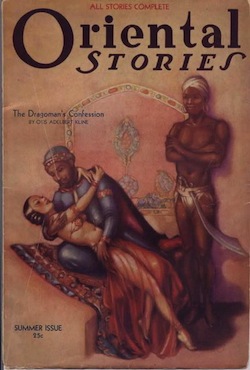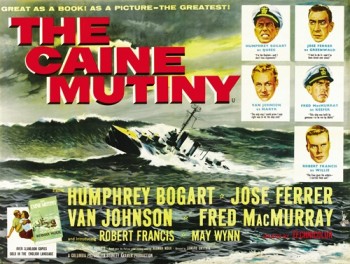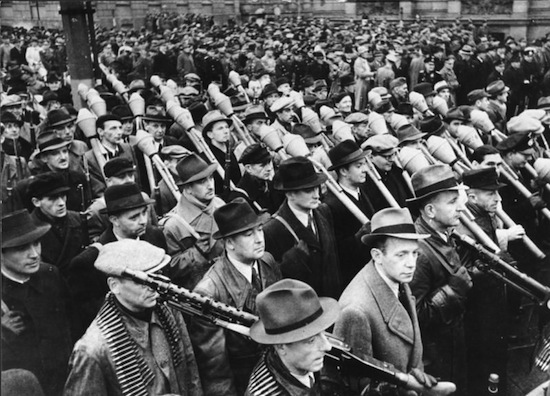An Open Letter To George R. R. Martin and the Producers of Game Of Thrones
I was wrong.
Back in 2011, when the first season of Game Of Thrones aired, I watched up until the episode where Ned Stark gets speared in the leg during a street fight. (His opponent? That bastion of modesty and ethics, Jaime Lannister). And then I gave up. I stopped watching despite the fact that the storytelling was excellent, the acting superb, the locations first-rate, the camera and tech work all but faultless. I gave up because I was tired of seeing the female characters on the show abused, one after the next. I began to suspect the worst of both you and the show runners.
Call me a pig-headed liberal progressive if you must, but I’d like to see the arts, both commercial and fine, be aspirational, which I realize is a very millennial sort of term, but I like it. I’m with Gene Roddenberry: I want at least some of our creative output to showcase what we could be as a society, not merely depict what we are (i.e., barbarous and brutal). Of course the particular world of A Song Of Ice and Fire and Game Of Thrones demands its share of brutality, but it became my position, following those early episodes, that the show was reveling in the violence rather than merely depicting what was necessary to develop the story. It was my considered opinion that I was once more in the throes of a TV show where female agency was, at best, a limp afterthought.
